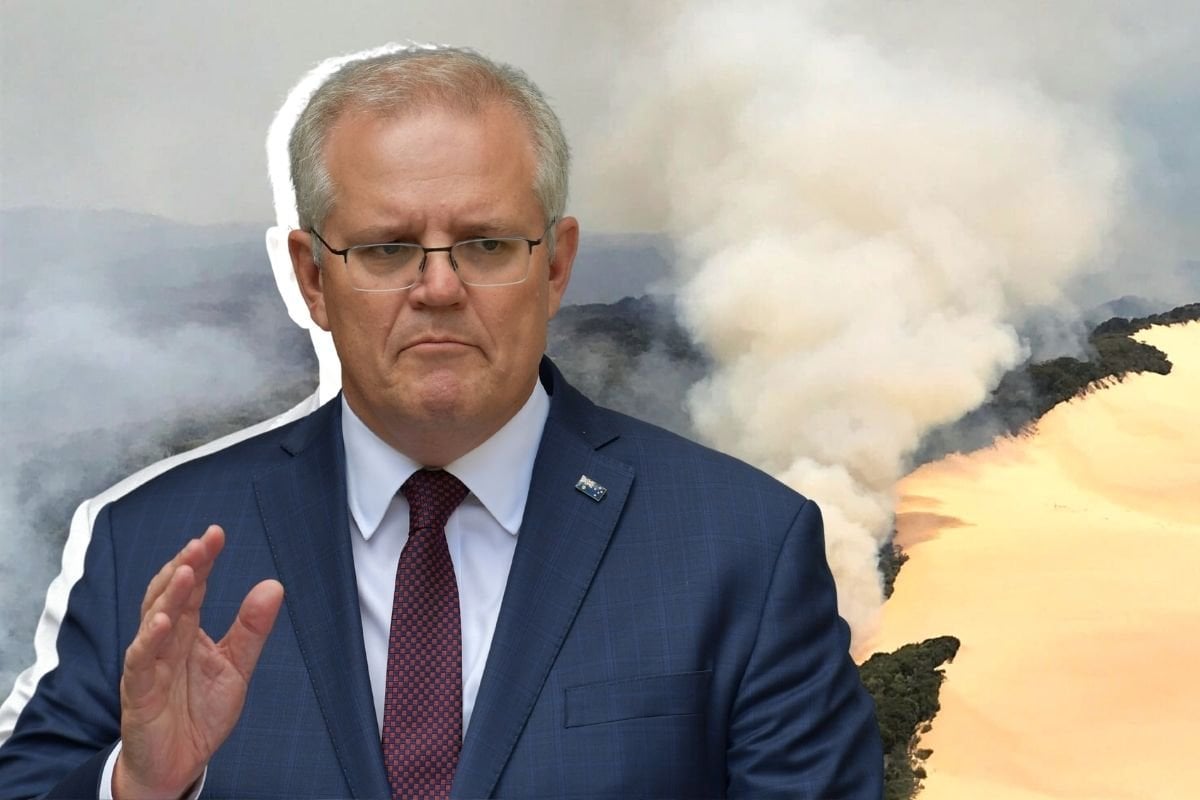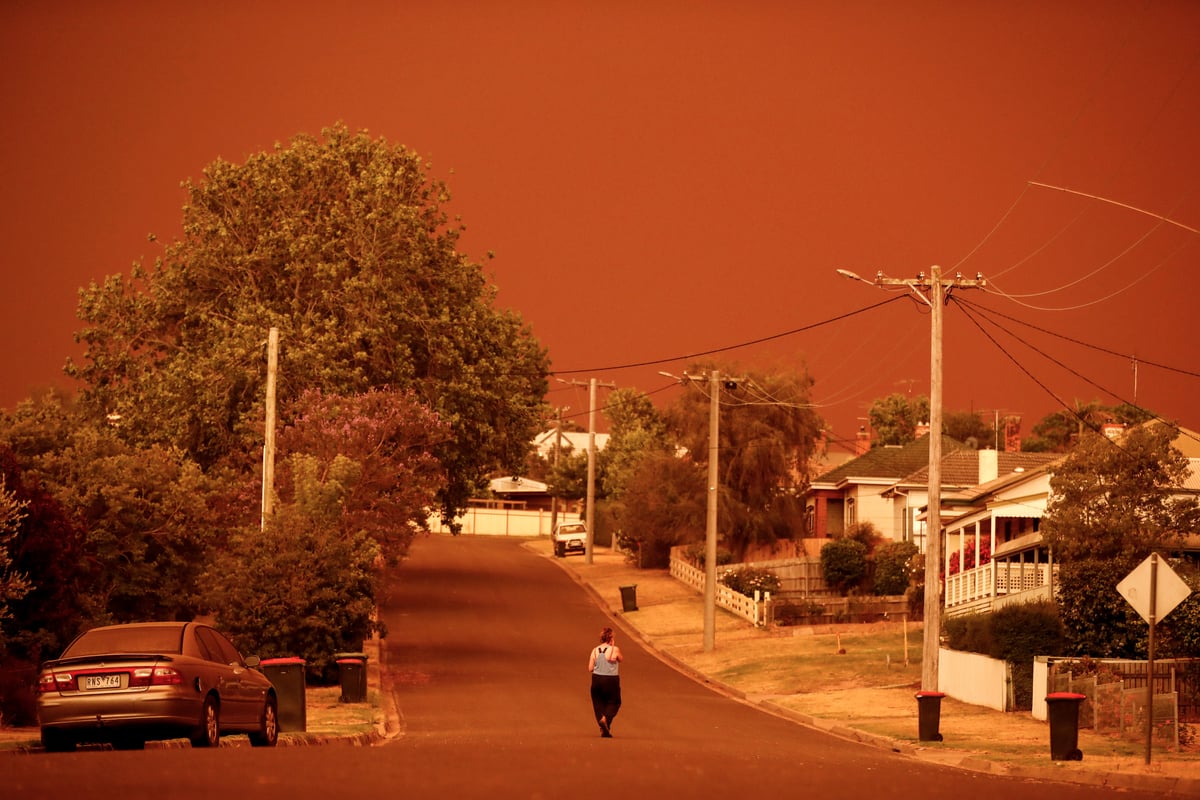
In 2019, twenty-three former fire and emergency leaders spent months lobbying the federal government.
They repeatedly warned our leaders that Australia needed more large water-bombers to tackle bigger, faster and hotter bushfires.
Their prediction was right, and we spent last summer under red and orange skies as much of the country went up in flames.
It wasn't the first time this request had been made.
Watch: The Marie Bashir, which belongs to NSW, is the only large air tanker owned by any Australian government. Post continues after video.
In 2003, after a bad bushfire season, the Howard government reached a deal that would see the government provide 50 per cent of the funds required annually by the National Aerial Firefighting Agency. By 2017, federal funding had dropped to 23 per cent.
In 2018, the Commonwealth rejected a call for an ongoing increase to aerial firefighting capabilities due to "other priorities within the government." The government instead opted for a one off $11 million top-up.
As the horror bushfire season of last year took hold, and the desperate pleas from the experts continued, Morrison announced another one-off $11 million boost in December 2019. Within weeks he had committed an additional $20 million to lease another four planes to take to our skies. Finally, he agreed to make the lump payment top-up ongoing.


Top Comments